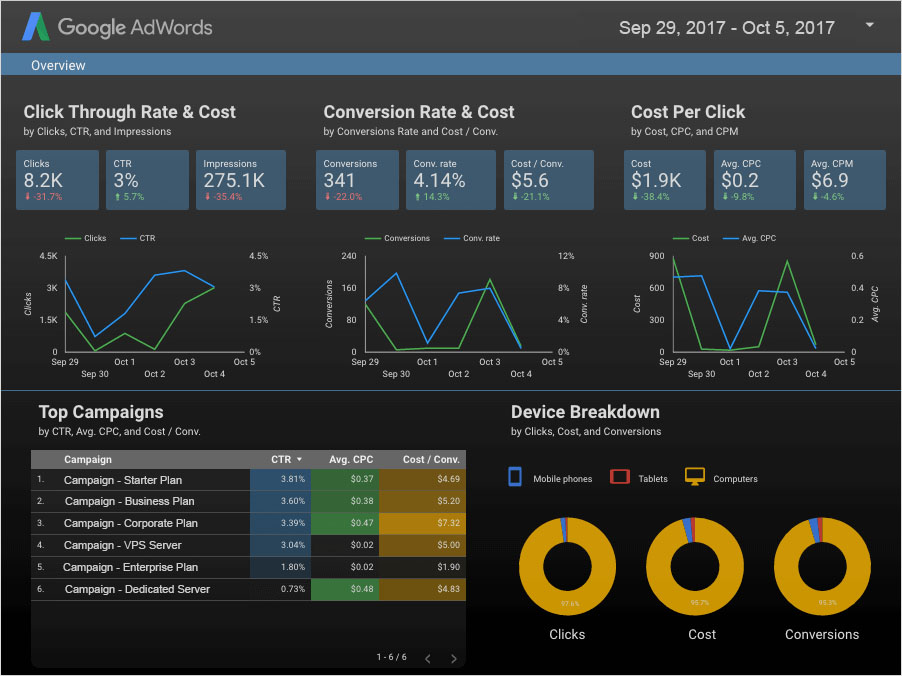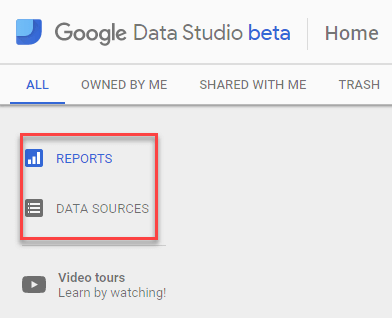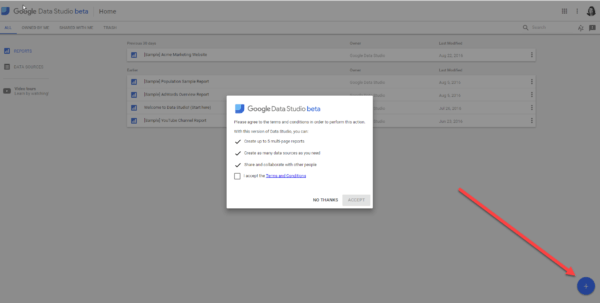7 Reasons Every Student Should Start a Website
From career boosting to money making, a site of your own comes with the kind of benefits that make a big difference while you’re studying or looking for a job.
1. Think of it as your career ‘game face’
Not only do most recruiters use the web to screen job applicants, more than a third have even knocked back candidates because of their social media activity. According to Andy Sumner at Monster UK, “a Google search will tell a recruiter more than a CV can” — but as scary as that sounds, it’s actually the perfect opportunity to manage your online reputation.
Whatever else you get up to online, a website gives you a professional digital presence to fall back on, as well as a chance of appearing in search results ahead of distracting social stuff. There’s no harm in spreading your personal brand across third-party sites such as LinkedIn too, but starting a website gives you the chance to tell your story in your own way.
2. It’s the ultimate CV
If video content, demos and photos do the best job of showing what you know, a website is what you need. Plus, it’s a lot more discoverable than print or PDF resumes.
An online CV isn’t only a calling card, though: it actively demonstrates you have the skills you say you do(remember the ‘show, don’t tell’ advice about CV writing?). If you’re aiming to get into web design, marketing, publishing— and loads of other professions—a well planned site can sell your enthusiasm for and knowledge of the industry, as well as prove hands-on skills such as coding, picture editing, writing, retail, or flair for SEO.
If your social media already does that, but in lots of different places (Pinterest plus YouTube, or wherever), a website will allow you to keep the highlights in one place — and that means less clicks for employers.
3. You can make money
How to make money from your website is the golden question! Luckily, it’s simple:
Affiliate marketing: Link to partners’ products or services on your site and get a cut of sales from your readers. It’s a neat way to make passive (long-term, low effort) income.
Advertising: Earn cash every time visitors click ads on your site. Google Adsense can automate the process, but if you have the traffic — or the gift of gab — you could make more profit approaching companies directly.
Sponsorship: Allowing retailers to post content on your site (for a fee), or being sent freebies in exchange for a product or service review.
Members’ content: Set up a paid subscribers’ area, or sell downloads of premium content (ebooks, PDFs, insider tips, tutorials, and even audio guides).
Sell products or services: You can sell things you’ve made or can do, too.
There are plenty of other ways to monetize a website but if the ones above sound familiar, it’s because they’re the business backbone of tons of sites you visit everyday. From news and education portals to entertainment, dating, and gaming hubs. And—like them—if you enjoy making content as much as cash, it’s perfectly possible to turn your web work into a whole career.
4. The freedom to do what you love
Got something to shout about? Whatever you care about, you can write, blog or brainstorm it any way you like, including:
Raising money or awareness for a cause.
How-to guides for something you’re an expert in or enjoy doing.
An online journal and/or advice to help others in similar situations.
The freedom to do your own thing is a pretty potent reward but once you’ve got a bank of content, you can always go the monetization route (above). You can also sell your content outright as print or digital books or for use on other websites. It’s great to have the option!
5. A sense of professionalism
It doesn’t matter if you’re applying for jobs or running a business: your own domain name, an email address to match, and some good content looks much more professional. Whether you’re selling products, services, or your career skills, a website demonstrates that you believe in what you’re doing, and are prepared to put in the time and effort.
6. Hands-on experience
Whether you use a website to make money or get your CV seen, there’s nothing like rolling up your sleeves and getting started to see how things work.
Getting and keeping content online is the perfect opportunity to practice problem solving and research skills. You can also perfect your persistence, idea generation, curiosity (how did they do that? And how can I do it?), and network with other influencers. It just so happens, these are all valuable transferable skills as well.
7. It’s ridiculously easy
Luckily, it’s not rocket science! You can start a website — from choosing your domain name and hosting to publishing your first post — in a lunch break or less. Building and buffing your content and brand does take time, of course, but the fewer the hurdles to get to that point, the better.
A website is a bit like a Swiss Army Knife: it’s good for more than one thing. The beauty of it is, you don’t need to be technically minded to be digital. Starting or maintaining a site doesn’t have to take any more time than your average social media fix — and that means bite-size effort, but big-time rewards!
By












